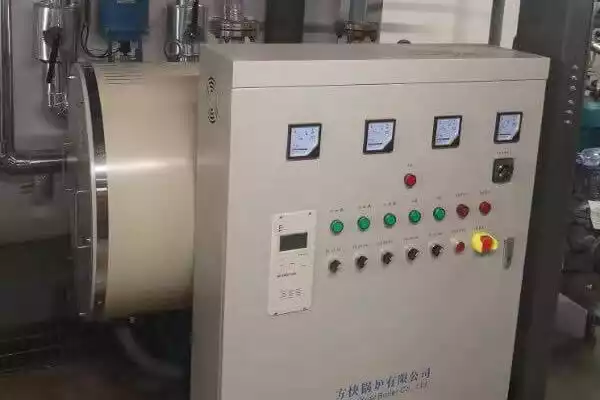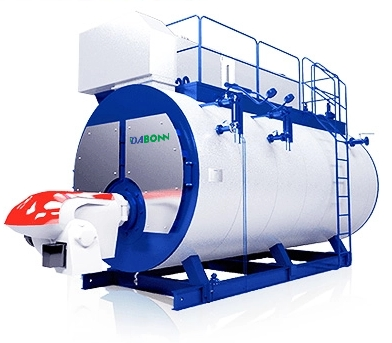
Introduction
If you have a boiler and are looking for ways to save on water and energy costs, adding water to the boiler can be an effective way to do this. In this guide, we’ll walk you through how to fill your boiler step-by-step, how much water you should add, how often, and other frequently asked questions.
Step 1: Turn off the power to your boiler.
The first step to adding water to your boiler is to turn off the power. Most home boilers are controlled by an electric switch located on or near them, so you should be able to locate it quickly. If your boiler doesn’t have one of these switches, look for another part of the system that looks like it might control power. You may need to consult with an electrician if this isn’t readily apparent.
Once you’ve found where your boiler’s power switch is located (and flipped it), go ahead and open up its top cover so that we can get started on adding some new H2O into our system.
Step 2: Use a bucket to measure how much water to add.
- Use a measuring cup or bucket to measure how much water you need to add.
- The amount of water you add depends on the size of your boiler. If you don’t know the size of yours, check your manual for instructions on how to find this information (it may be listed under “specifications”).
- Be sure not to use too much or too little; either could cause damage and/or safety hazards!
Step 3: Open the drain on the bottom of the boiler.
Open an overflow pan and fill it with water, then place it underneath your boiler. This will catch any water that leaks out during this process. Close your boiler’s drain valve, then open it again so that all remaining water can be drained out into your overflow pan. Then close off both valves again once you’ve emptied them completely.
Step 4: Add clean water to the heating tank.
Use a measuring cup or bucket to gauge how much clean water to add. You’ll want to fill the tank up about halfway with clean water. But you may have to adjust this depending on your particular model of boiler.
You should fill your heating tank with clean, potable water. This means that you should use only distilled or spring water in your boiler. If you don’t have access to either of these types of water, then use regular tap water instead. Be sure not to use any other type of liquid for this step. Some people have tried using things like ammonia or bleach in an attempt at cleaning out their boilers but ended up damaging them instead!
To measure how much clean, potable liquid needs to be poured into each heating unit’s tank. Take out a measuring cup and fill it halfway full with liquid until no more can fit inside without spilling over onto yourself or nearby surfaces.
Step 5 Close the drain and fill up an overflow pan.
Once your boiler is full of water and the drain is closed, you can turn on the heating system. Make sure that there is enough room in your overflow pan for all the excess water to flow into it before proceeding with this step. If not, try draining some of the water out using a siphon or other device.
FAQs.
Do I have to add water to my boiler?
Yes, you have to add water to your boiler. Boiler water is an important part of the heating process. It provides a medium for heat transfer from the burner to your home’s water system. Without boiler water, your boiler would not be able to function properly.
How do I know if my boiler has enough water?
The easiest way is to look at the gauge on the front of the boiler. If it’s below the halfway point, you should fill it up immediately. If your boiler gets too low on water, it can cause damage to internal components.
How do I check the water level in my boiler?
The easiest way to check the boiler water level is to remove the drain plug, then fill a bucket with water to see how much is needed to reach the top of the tank.
How often do you add water to a boiler?
It depends on the type of boiler and its usage. If you’re using a hydronic boiler, you should check it every day or so to make sure there’s enough water for proper operation. You should also check the water level in a steam boiler at least once per week.
How do you manually fill a boiler?
To manually fill a boiler, you will need to open the safety valve and start your water source and then turn on the pump. Once the water level in the boiler reaches the high-water mark, you can close the safety valve.
How do you add water to a boiler system?
To add water to a boiler system, you must first turn off the boiler. Next, open the drain valve and drain as much of the water as possible. Then, close the drain valve and open the feed valve. You can now add water to your boiler system.
How to add water to a steam boiler?
Shut down the steam boiler. Then open the water valve and add water to the upper tank of a vertical boiler, or to the lower tank of a horizontal boiler. Make sure you don’t overfill it. This could cause it to overflow, which would result in damage to your system.
How to add water to the radiator heating system?
To add water to your radiator heating system, start by opening the cap to the radiator reservoir. Next, remove the radiator cap with a wrench. Gently pour distilled water into the radiator until it reaches the full mark on the side of the reservoir.
Conclusion
In the end, there are many ways to add water to a boiler. The method you choose will depend on your needs and equipment. As long as you follow the proper safety precautions, there isn’t much risk involved in adding water to your system. Hope this guide can help you!
Get your best price
Quickly compare 3 FREE quotes
- Engineer quick quote
- The overall delivery speed is fast
- Financial choice
- Low installation costs and cost savings
25 years+ of boiler R&D
More than 20 innovative technologies
